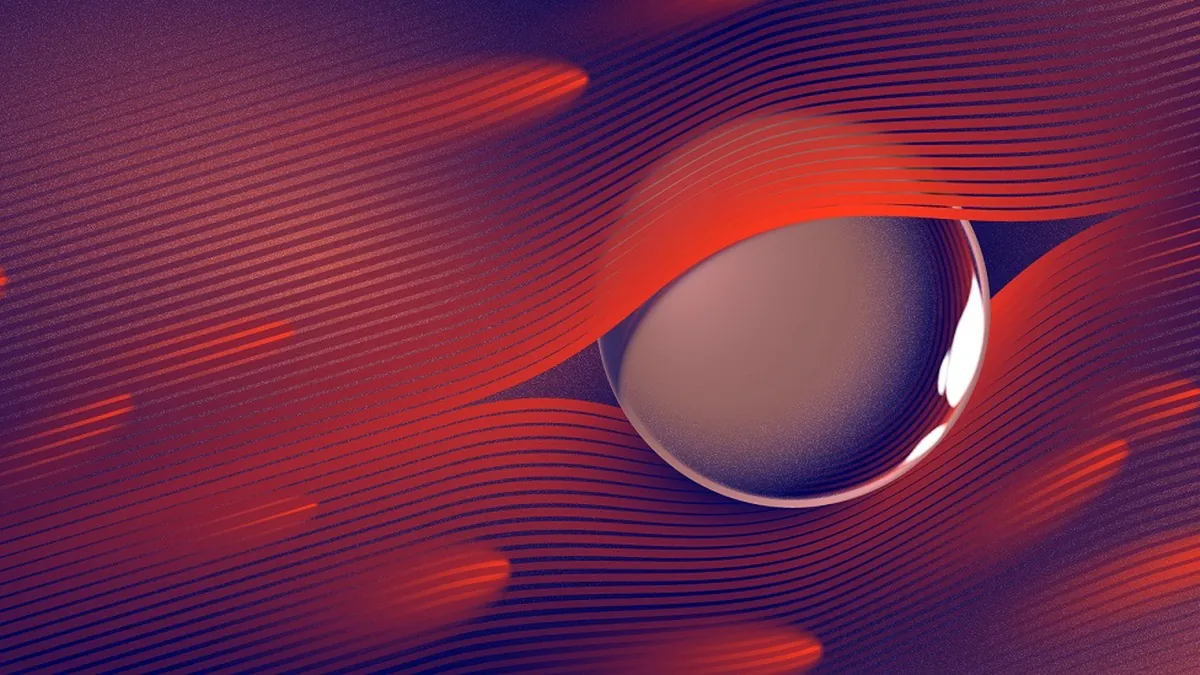
By replacing traditional material with a material that has unique quantum properties, physicists have created a superconducting circuit capable of feats that have long been considered impossible.
The discovery, made by researchers from Germany, the Netherlands and the United States, turns up age-old ideas about the nature of superconducting circuits and how their currents can be tamed and practical application can be found. Low-waste, high-speed circuits based on superconductivity physics provide a great opportunity to take supercomputer technology to the next level.
Unfortunately, the characteristics that make this lightweight form of electric current so convenient create endless problems of development of superconducting versions of conventional electrical components.
Take, for example, something simple, such as a diode. This basic unit of electronics is similar to a one-way sign for currents, providing the means to regulate, convert, and adjust the motion of electrons.
In superconducting materials, the identity of these individual electrons is blurred, leading to partners called Cooper pairs, which gives each particle in the partnership the opportunity to avoid an energy-depleting shock of a more typical electric current. But without the usual laws of resistance, physicists could not force superconducting electrons to move in one direction because they always exhibit what is called “mutual” behavior.
This fundamental assumption that superconductivity cannot disrupt reciprocity (at least without magnetic field manipulation) has persisted since the beginning of research in this area. Honestly, this is an obstacle that engineers would love to see eliminated.
Perhaps it is now necessary to return to these efforts after an experiment that shows the type of connection with a quantum component capable of directing even Cooper pairs down the “street with one-way traffic”. Josephson contacts are thin strips of nonconducting material that separate a pair of superconducting materials. If the material is thin enough, electrons can penetrate it without hindrance. Below a certain level, this overcurrent has no voltage. At the critical point, there is a voltage that oscillates rapidly in waves, which can be used in applications such as quantum computing.
Ensuring that this current always flows in one direction previously was possible only with an external magnetic field. But the team found that if they used a two-dimensional grate based on metallic niobium, they could abandon the field and rely solely on the quantum properties of the material.
The team is confident that they have put all the ticks needed to justify their discovery. However, we will have a long way to go before we see superconductors underlying next-generation computing.
You can also help Ukraine fight with Russian occupants via Savelife or via an official page of the National Bank of Ukraine.
Read also:
View Comments
Can you please send a link to the investigation itself?